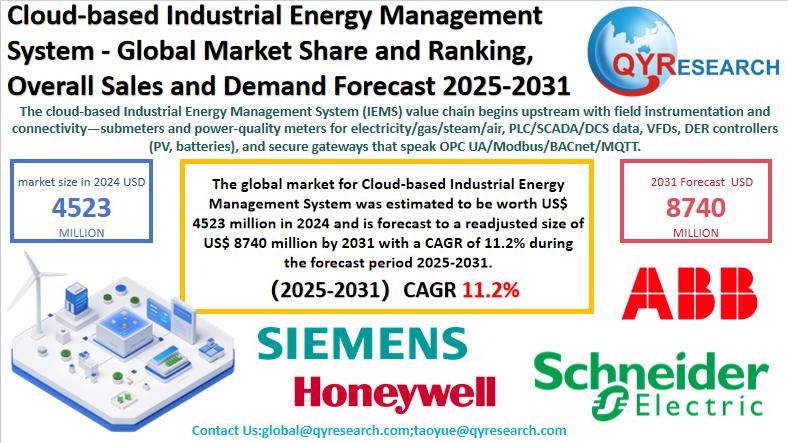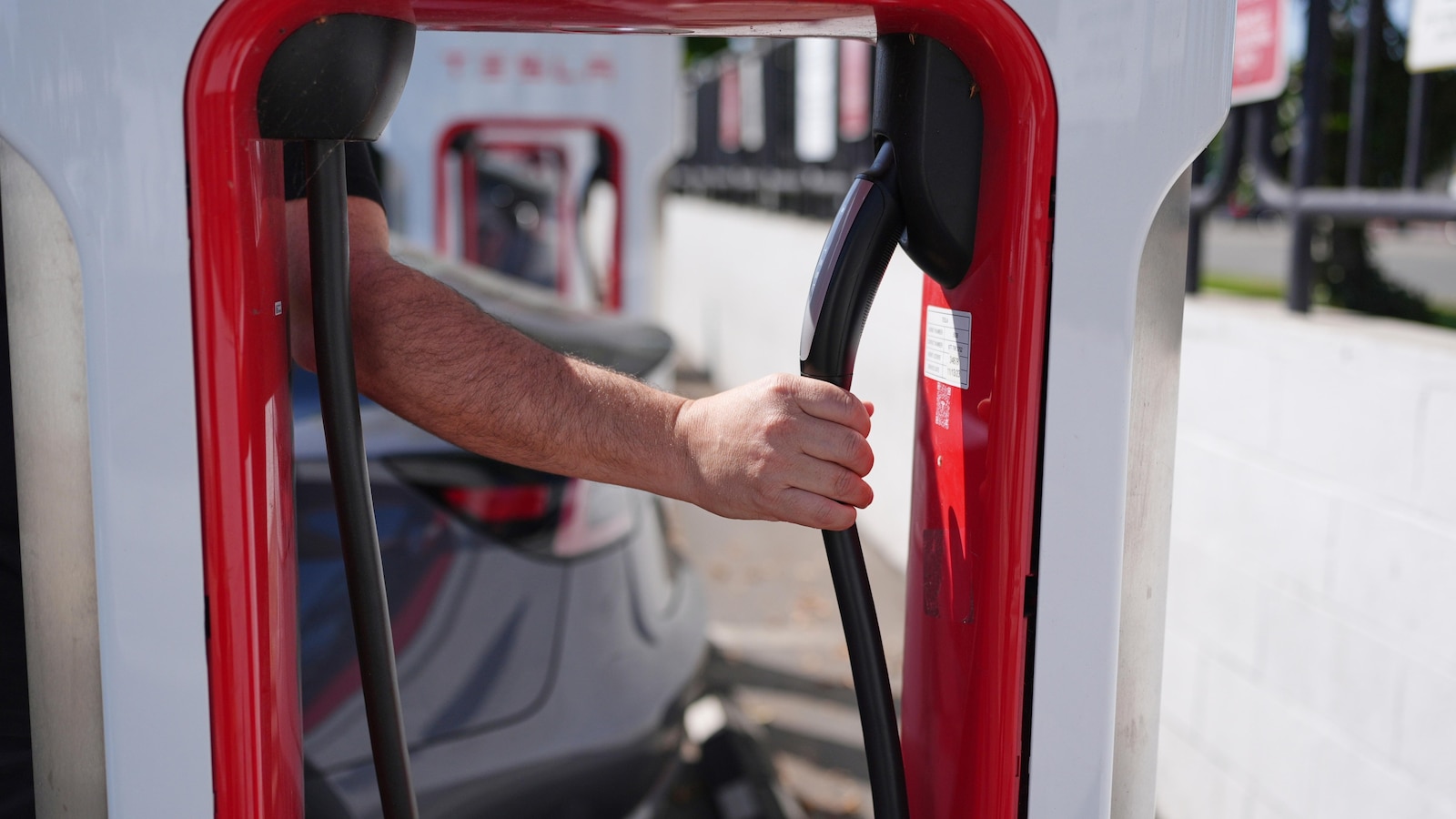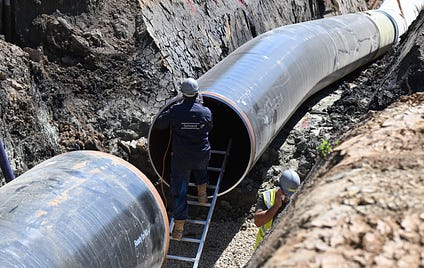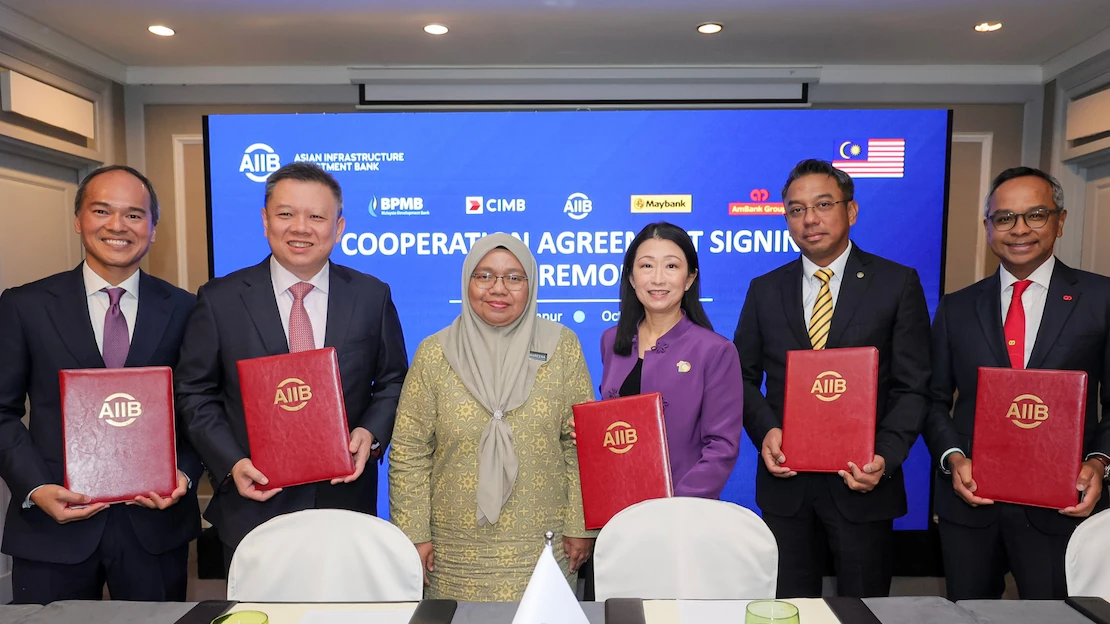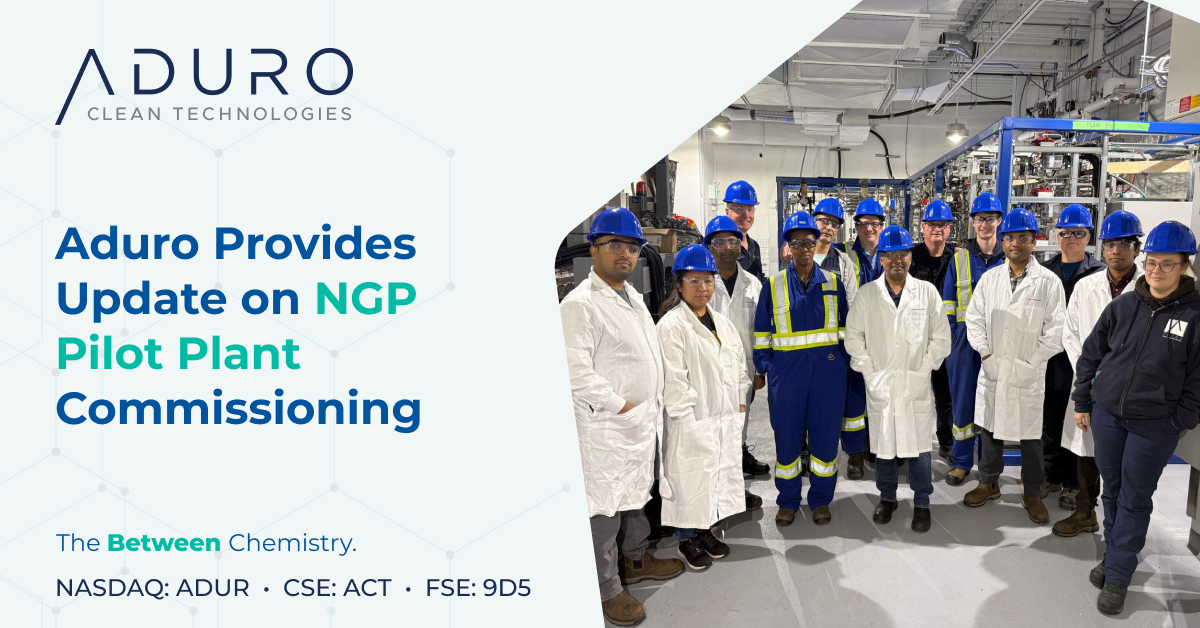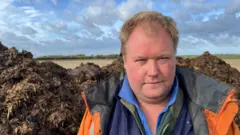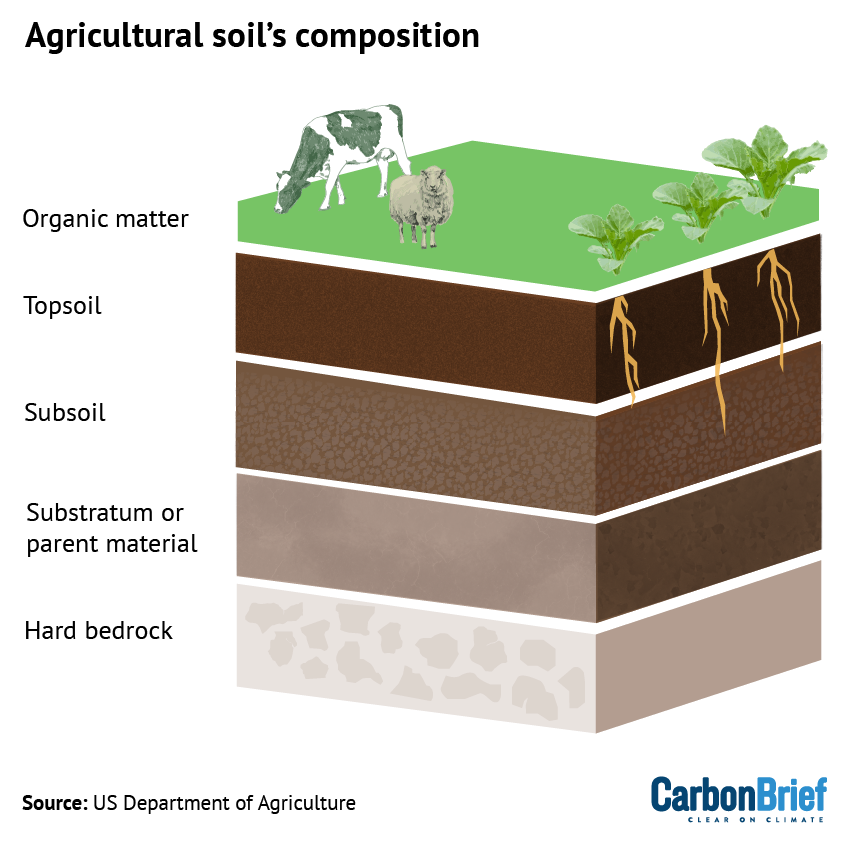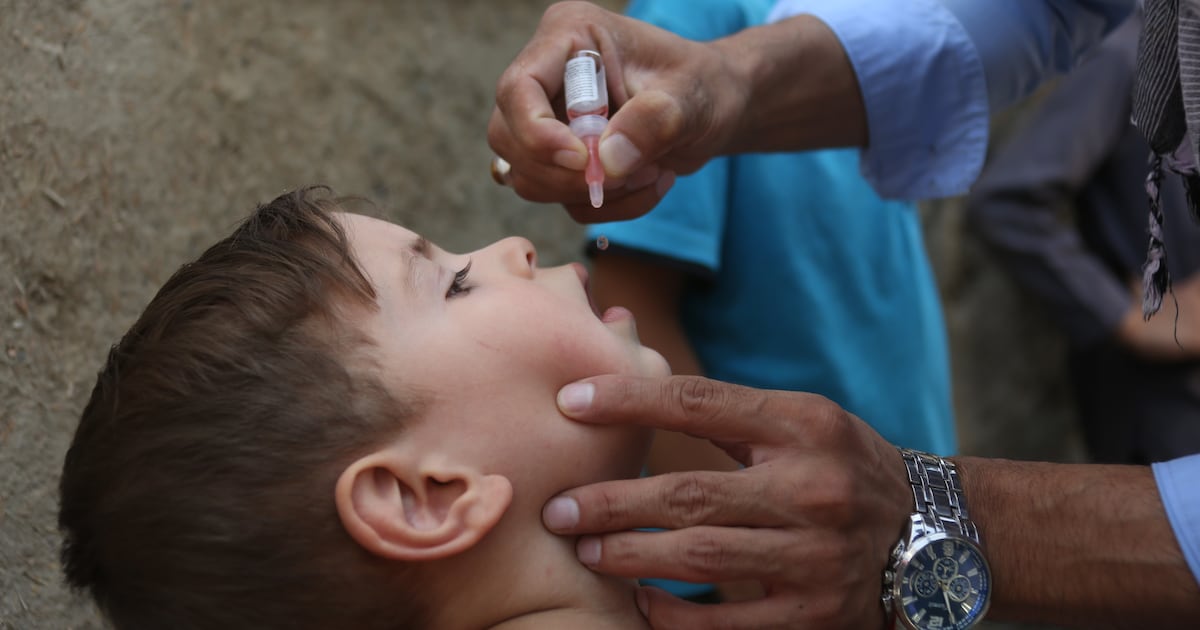Proposed changes to environmental rules under Braun’s order unlikely to have much impact – WVXU

Report on Indiana Department of Environmental Management’s Proposed Regulatory Changes
Introduction
The Indiana Department of Environmental Management (IDEM) has announced plans to revise or eliminate 10 environmental regulations. This initiative follows Governor Mike Braun’s executive order aimed at increasing efficiencies within state environmental rules. The proposed changes have significant implications for sustainable development, aligning with various Sustainable Development Goals (SDGs), particularly SDG 6 (Clean Water and Sanitation), SDG 12 (Responsible Consumption and Production), and SDG 13 (Climate Action).
Key Proposed Regulatory Changes
- Extension of the validity period for certain solid and hazardous waste permits.
- Allowance for industries to have an additional two years to comply with new water pollution limits.
- Revision of requirements for facilities to submit plans addressing air pollution during equipment malfunctions.
Stakeholder Perspectives and Environmental Oversight
David Van Gilder, Senior Policy and Legal Director for the Hoosier Environmental Council (HEC), noted that IDEM’s approach reflects routine efforts to optimize regulatory frameworks. While some concerns remain, the proposed changes are not deemed alarming and will still require approval from the federal Environmental Protection Agency (EPA), ensuring continued alignment with national environmental standards.
Concerns Regarding Biomass Definition and Environmental Safety
Van Gilder raised questions about IDEM’s intention to redefine biomass feedstock, which includes materials such as manure, wastewater solids, and food waste used in digesters. Without appropriate oversight, there is a risk that toxic human-made chemicals, such as PFAS (per- and polyfluoroalkyl substances), could contaminate agricultural lands and community gardens, posing risks to public health and the environment.
Importance of Frequent Hazardous Waste Permit Updates
Current regulations require frequent updates to hazardous waste permits to ensure the incorporation of up-to-date pollution control technologies. This process also facilitates thorough scrutiny of hazardous waste haulers and storage facilities to ensure compliance with environmental laws, supporting SDG 3 (Good Health and Well-being) and SDG 15 (Life on Land).
Support from Industry
The Indiana Manufacturers Association has expressed support for several of IDEM’s proposed changes, emphasizing the importance of maintaining competitive permit fees relative to other states. This support highlights the balance between economic development and environmental stewardship, contributing to SDG 8 (Decent Work and Economic Growth) and SDG 9 (Industry, Innovation, and Infrastructure).
Summary of Environmental and Sustainable Development Implications
- SDG 6 (Clean Water and Sanitation): Extended compliance timelines for water pollution limits may affect water quality management.
- SDG 12 (Responsible Consumption and Production): Revising biomass definitions impacts waste management and resource utilization.
- SDG 13 (Climate Action): Air pollution control plans during equipment malfunctions are critical for reducing emissions.
- SDG 3 (Good Health and Well-being): Proper hazardous waste management protects public health.
- SDG 15 (Life on Land): Preventing contamination of agricultural lands safeguards ecosystems.
- SDG 8 & 9: Supporting industry competitiveness while promoting sustainable practices.
Additional Resources and Engagement
For further information and public engagement, stakeholders are encouraged to participate in ongoing discussions and access resources at ipbs.org/climatequestions. Community input is vital for advancing climate solutions and sustainable environmental policies.
Contact Information
Rebecca Thiele, Energy and Environment Reporter
Email: rthiele@iu.edu
Twitter: @beckythiele
1. Which SDGs are addressed or connected to the issues highlighted in the article?
- SDG 6: Clean Water and Sanitation – The article discusses extending time for meeting new water pollution limits, which relates to ensuring clean water.
- SDG 12: Responsible Consumption and Production – Changes to solid and hazardous waste permits and biomass definitions relate to sustainable waste management and production.
- SDG 13: Climate Action – Revising air pollution control plans and managing biomass feedstock impacts climate mitigation efforts.
- SDG 15: Life on Land – Concerns about toxic chemicals like PFAS contaminating farm fields and gardens relate to protecting terrestrial ecosystems.
- SDG 9: Industry, Innovation, and Infrastructure – The article mentions industrial compliance and permit fee competitiveness, linking to sustainable industrial development.
2. What specific targets under those SDGs can be identified based on the article’s content?
- SDG 6 Targets:
- 6.3 – Improve water quality by reducing pollution and minimizing release of hazardous chemicals.
- SDG 12 Targets:
- 12.4 – Environmentally sound management of chemicals and wastes throughout their life cycle.
- 12.5 – Substantially reduce waste generation through prevention, reduction, recycling, and reuse.
- SDG 13 Targets:
- 13.2 – Integrate climate change measures into policies and planning.
- SDG 15 Targets:
- 15.1 – Ensure conservation, restoration, and sustainable use of terrestrial ecosystems.
- SDG 9 Targets:
- 9.4 – Upgrade infrastructure and retrofit industries to make them sustainable.
3. Are there any indicators mentioned or implied in the article that can be used to measure progress towards the identified targets?
- Indicators related to SDG 6:
- Proportion of wastewater safely treated (implied by water pollution limits and permits).
- Levels of water pollutants including hazardous chemicals like PFAS.
- Indicators related to SDG 12:
- Number of hazardous waste permits updated and compliance rates.
- Amount of solid and hazardous waste generated and properly managed.
- Definition and monitoring of biomass feedstock quality and safety.
- Indicators related to SDG 13:
- Number of facilities with approved air pollution reduction plans.
- Emission levels of air pollutants from industrial sources.
- Indicators related to SDG 15:
- Incidence of toxic chemical contamination in soil and agricultural areas.
- Indicators related to SDG 9:
- Permit fees competitiveness and frequency of permit updates.
- Adoption of up-to-date pollution control technologies.
4. Table of SDGs, Targets and Indicators
| SDGs | Targets | Indicators |
|---|---|---|
| SDG 6: Clean Water and Sanitation | 6.3 – Improve water quality by reducing pollution and minimizing hazardous chemicals release. |
|
| SDG 12: Responsible Consumption and Production |
|
|
| SDG 13: Climate Action | 13.2 – Integrate climate change measures into policies and planning |
|
| SDG 15: Life on Land | 15.1 – Conservation and sustainable use of terrestrial ecosystems |
|
| SDG 9: Industry, Innovation, and Infrastructure | 9.4 – Upgrade infrastructure and retrofit industries to be sustainable |
|
Source: wvxu.org

What is Your Reaction?
 Like
0
Like
0
 Dislike
0
Dislike
0
 Love
0
Love
0
 Funny
0
Funny
0
 Angry
0
Angry
0
 Sad
0
Sad
0
 Wow
0
Wow
0











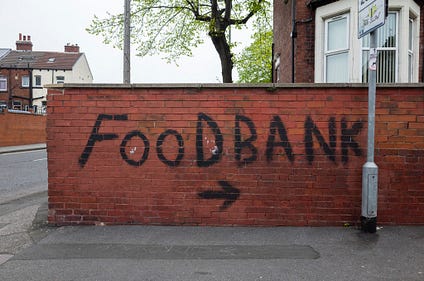

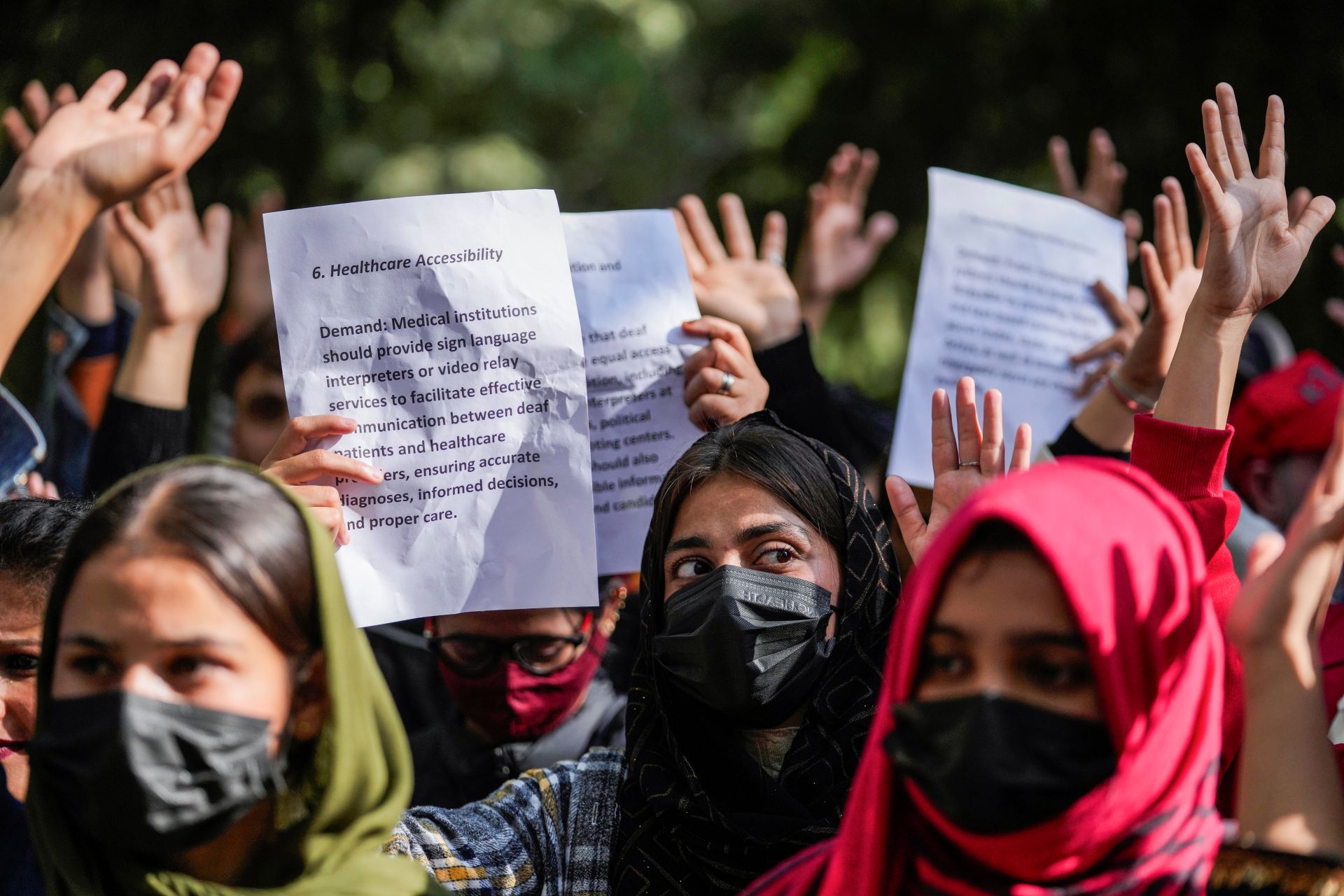













;Resize=805#)




